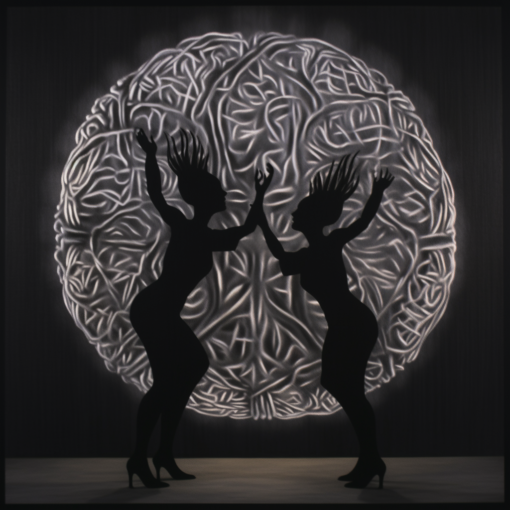Greetings, dear readers! It’s your diligent explorer of life’s curiosities, Percival Q. Higginbottom, coming to you once again from the realm of pondered thoughts and profound reflections. Today, we are venturing into the mystical corridors of our minds, to a place where the ordinary laws of time and space yield to the whimsical, often bewildering laws of the subconscious. Yes, my friends, we are embarking on a journey through the labyrinth of dreams.
Dreams have been a subject of fascination for humans since time immemorial. They have been seen as messages from the divine, prophecies of the future, or reflections of our deepest desires and fears. But what are dreams really? Let’s don our psychological spelunking gear and delve into this fascinating topic.
To start our exploration, we must first understand that dreams are a product of our brain’s activity during sleep, specifically during the Rapid Eye Movement (REM) stage. It’s during this stage that our brains become as active as when we’re awake, creating vivid narratives that often defy logic and rationality.
But why do we dream? One of the most popular theories, proposed by Sigmund Freud, suggests that dreams are a manifestation of our repressed wishes. It’s as if our subconscious uses the cover of night to stage a play, starring our unfulfilled desires and hidden fears. However, like all theories, this one also has its share of skeptics and critics.
Another intriguing theory is the Activation-Synthesis Hypothesis, which postulates that dreams are our brain’s way of making sense of random neural firings during REM sleep. According to this theory, dreams are essentially a byproduct of our brain’s attempt to impose a narrative on these random signals.
Then, there’s the Threat Simulation Theory, which suggests that dreams serve as a kind of rehearsal for potential dangers. In the safety of our sleep, we confront various threats, which helps us prepare for real-life dangers.
However, despite various theories, the exact purpose of dreams remains a mystery, much like the dreams themselves. They continue to intrigue us, inspire us, and sometimes even scare us, offering us a glimpse into a world that exists solely within the confines of our minds.
As we unravel the mystery of dreams, we learn more about the human mind and its boundless capabilities. So, dear readers, the next time you find yourself in the labyrinth of dreams, remember: you are in the theater of your own mind, witnessing a performance scripted by your subconscious. It may not always make sense, but it’s a part of who you are.
In our quest for knowledge, let’s remember to embrace the enigma of dreams, for they offer us a unique window into the depths of our own minds. Till our next adventure, remember, keep your curiosity piqued and your spirit of discovery alive!
Yours in wanderlust and wisdom, Percival Q. Higginbottom

Further Reading:
- “The Science of Dreaming” – Scientific American: A comprehensive article that delves into the biological and psychological theories of why we dream.
- “Dreams: Why We Dream, Nightmares, and Lucid Dreams” – National Sleep Foundation: A useful resource for understanding the process of dreaming, including the stages of sleep and the concept of lucid dreaming.
- “What Do Dreams Do for Us?” – Psychology Today: This piece explores various theories on the role and purpose of dreams, offering a range of perspectives.
- “Sigmund Freud’s Theories of Latent Content in Your Dreams” – Verywell Mind: A deep dive into Freudian dream interpretation and the concept of latent content in dreams.





11 thoughts on “The Labyrinth of Dreams: Navigating the Mysterious Landscape of the Subconscious”
Thanks for sharing. I read many of your blog posts, cool, your blog is very good.
Can you be more specific about the content of your article? After reading it, I still have some doubts. Hope you can help me.
Your point of view caught my eye and was very interesting. Thanks. I have a question for you. https://accounts.binance.com/en/register-person?ref=JHQQKNKN
I don’t think the title of your article matches the content lol. Just kidding, mainly because I had some doubts after reading the article.
I don’t think the title of your article matches the content lol. Just kidding, mainly because I had some doubts after reading the article.
Your point of view caught my eye and was very interesting. Thanks. I have a question for you.
I don’t think the title of your article matches the content lol. Just kidding, mainly because I had some doubts after reading the article.
I don’t think the title of your article matches the content lol. Just kidding, mainly because I had some doubts after reading the article.
I don’t think the title of your article matches the content lol. Just kidding, mainly because I had some doubts after reading the article.
Can you be more specific about the content of your article? After reading it, I still have some doubts. Hope you can help me.
Can you be more specific about the content of your article? After reading it, I still have some doubts. Hope you can help me.